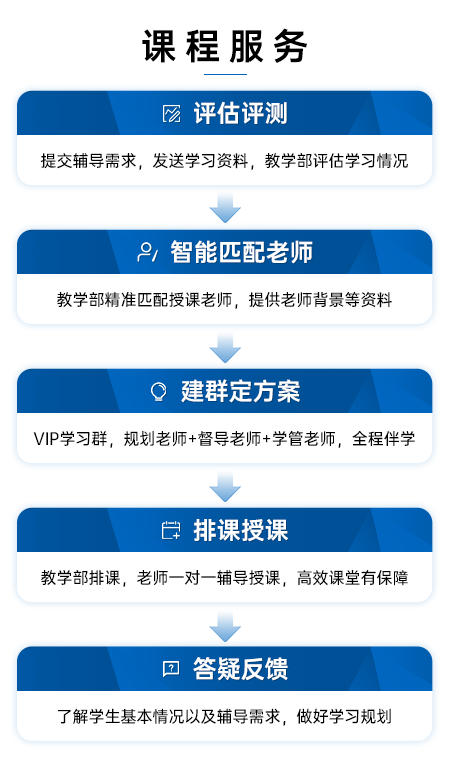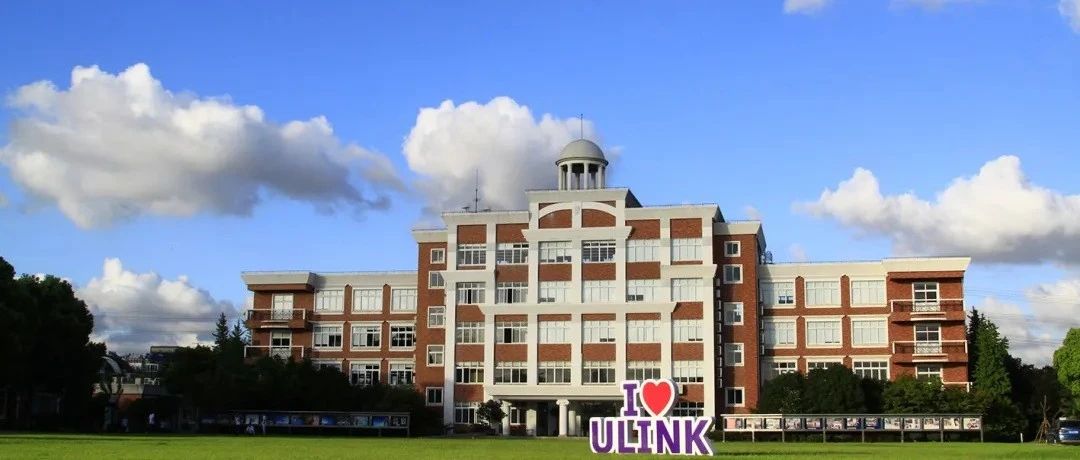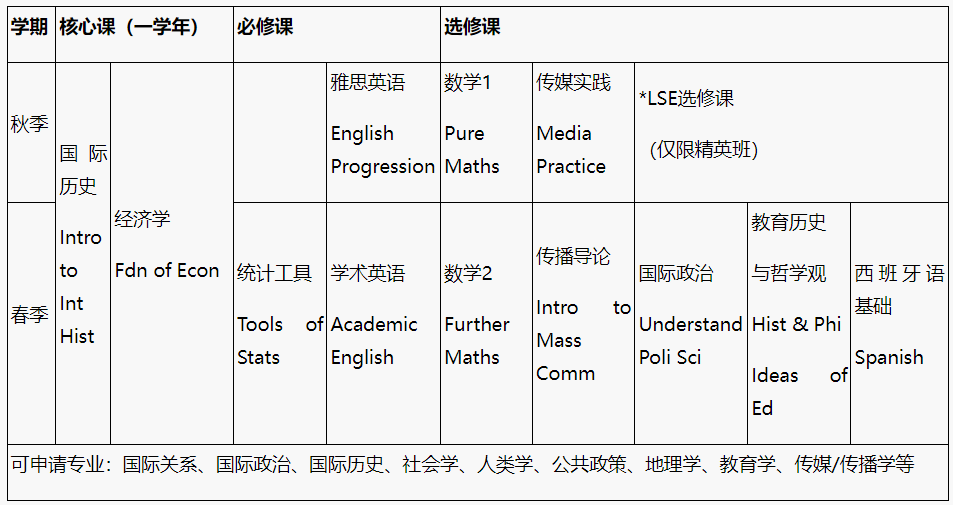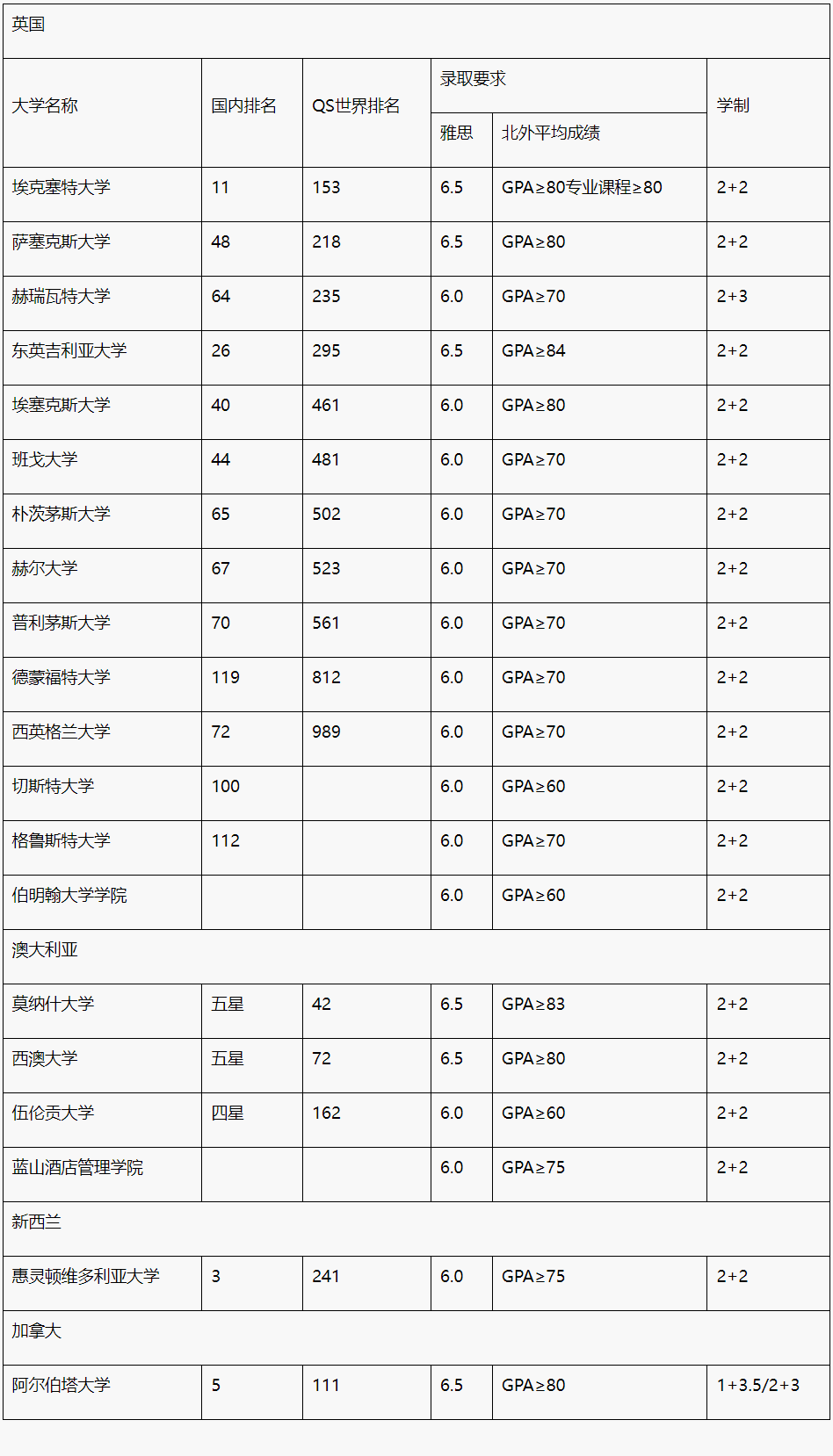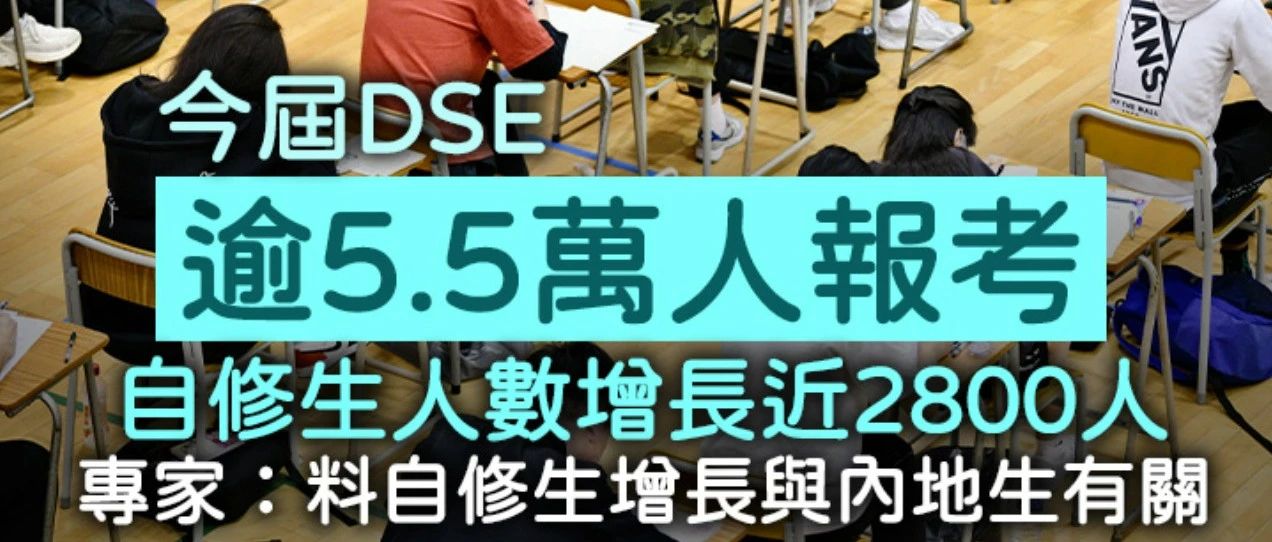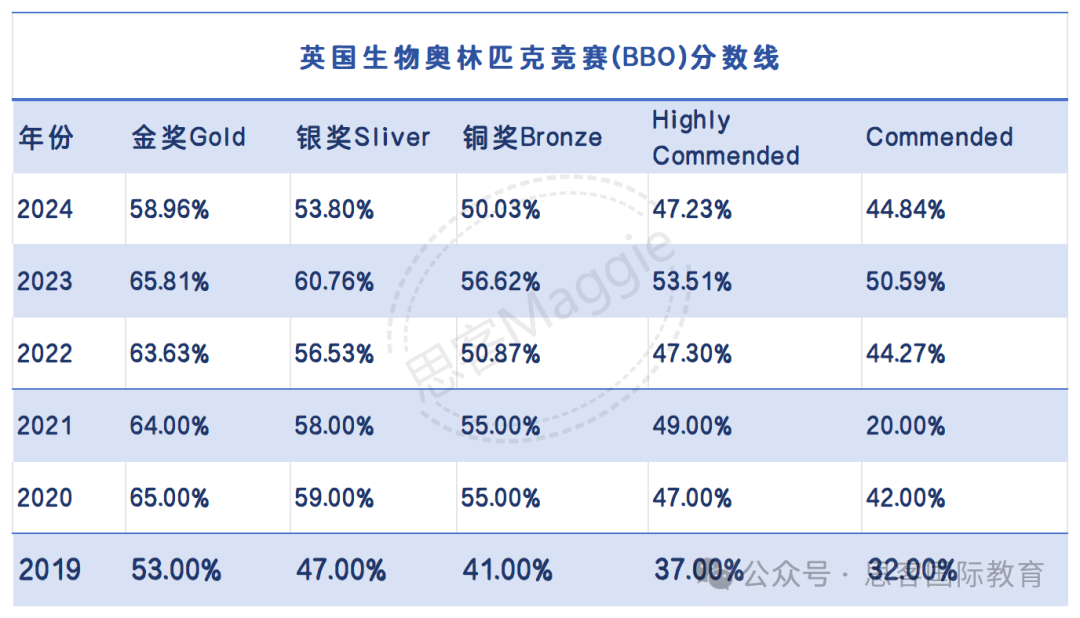2022年获奖文章
小学组金奖文章
作者:Isha Gupta (5th grade at Daves Creek Elementary School)
According to the article “Global hunger fell for decades, but it's rising again,” “Food insecurity – both moderate and severe – has “consistently increased” since 2014, when the prevalence of under-nourishment was at 8.6%. It is now at 8.9%. Between 2018 and 2019, the number of hungry people grew by 10 million people.” As this statistic shows, we are not on the right track to fulfilling our sustainable development goal for zero world hunger in 2030. However, we can use engineering solutions to achieve this goal, including hydroponics. In basic terms, hydroponics is a method created by hydroponics engineers to grow plants or crops using nutrient-rich water without using soil. A hydroponic engineer is a specialist in growing plants using water instead of soil who builds and designs hydroponic systems. In the hydroponics system, the roots of the plants get both water and nutrients from the water. Importantly, hydroponics is an engineering solution that would help reduce world hunger and sustains our resources for the future.
Historically, the Aztecs utilized the idea of hydroponic systems to feed their growing populations by creating floating gardens. After being placed in the water, the roots of the plants and crops grew through the floor of the raft, so it was provided with water and nutrients. Since then, engineers have modernized the concept of hydroponics by creating equipment to allow people to have their own hydroponic system. There are various types of hydroponics systems. The most commonly used type is a drip system in which a timer controls a small tube that drips nutrient-rich water on top of the plants, which is recycled through a pump. To maintain these hydroponic systems, hydroponic engineers collaborate with people in many other fields including mechanical engineers, plumbers, and electrical engineers. When designing a hydroponic system, the engineers must weigh the pros and cons of how the nutrient level in the water will be maintained in each design.
Hydroponics can help millions of people who go hungry daily while also considering the diverse perspectives of both the producer and the consumer. First, crops can be grown any time of year using hydroponics, producing more food than traditional farming and providing the consumer with fresh food year-round, regardless of seasonality. Secondly, in places where land is not arable, hydroponics would still allow people to grow food. Finally, hydroponics increases the growth of plants by 30% to 50% compared to regular farming. Fortunately, for consumers, this means that the nutritional value of these crops is also better than traditional farming. For all these reasons, producers can grow more food. While hydroponics has positive effects for the producer and consumer, it also has negative effects. For example, it is easier for some diseases to spread in a hydroponics system because the plants are lined up or sharing the same container. Thus, it is important to remove infected plants as soon as they are discovered.
Hydroponics is also a sustainable solution for world hunger. First, crops grown through hydroponics require much less space than those grown in soil, mainly because the plant roots do not have to expand far to obtain nutrients and water. This helps conserve our resources because we use less land for plants and crops in hydroponic systems. Secondly, studies show that a hydroponic system uses up to 98% less water than traditional farming. This conserves water. Finally, hydroponics does not require pesticides or chemicals as regular farming does. This benefits the environment in the long term.
In conclusion, hydroponics is a sustainable, engineering solution that will hopefully help us reach the goal of zero world hunger in 2030. Hydroponic systems produce more food while requiring less space and resources by using more efficient methods. Ultimately, it will help us feed the growing population by allowing us to grow food where there is not enough agricultural land or resources.
文章亮点:清晰地定义了待解决的问题和解决问题的思路,关注了技术革新中存在的风险






